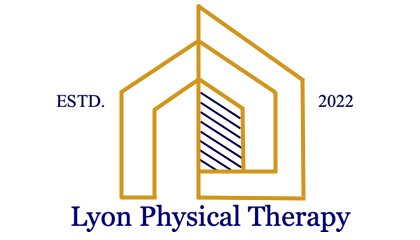What do physical therapists actually… do? Probably more than you thought.
If I had a nickel for every time that somebody said, “Wow, I had no idea that physical therapists even did that!” Well… I’d have a lot of nickels.
It seems that the general public, despite various campaigns by the American Physical Therapy Association as well as its respective state chapters, continues to be under the impression that physical therapists treat rotator cuff repairs, total knee replacements, and that we’re really good at stretching people. And that seems to be where it about ends!
The reason why I personally was interested in physical therapy as a profession at a young age was because of the many options to treat a wide variety of patients. Currently, the American Board of Physical Therapy Specialties recognizes no less than nine specialties, including the following (and a new one coming in 2022):
Cardiovascular and Pulmonary Clinical Specialist (CCS)
Geriatric Clinical Specialist (GCS)
Orthopedic Clinical Specialist (OCS)
Neurology Clinical Specialist (NCS)
Pediatric Clinical Specialist (PCS)
Oncology Clinical Specialist (OCS)
Womens Health Specialist (WCS)
Electrophysiologic Clinical Specialist (ECS)
Sports Clinical Specialist (SCS)
and new in 2022… Wound Management Specialist (WMS)
Now, I don’t have any of these specialties, and I would never claim to! Unlike a medical doctor (MD), physical therapists are not yet required to pursue a specialty after graduating with their Doctor of Physical Therapy (DPT) degree, although that may change in the future. These specialties require dozens of hours of diligent study, and often times thousands of hours of patient care experience to even consider sitting for the boards exam. As for now, I prefer to pursue my own furthered education in niche areas of interest, including pediatrics (especially infants), pelvic health for men, women, and children, as well as Parkinson’s disease.
So what can a physical therapist do without one of the specialties?
The short answer: a lot.
The long answer is a bit more complicated! Physical therapists are movement specialists, meaning that we have the job of analyzing joints and the forces that act on them, including muscles, bones, ligaments, tendons, etc. We are also very knowledgeable (and more every day, thanks to ongoing research) in how the nervous system interacts and acts on the musculoskeletal system. Often times, when these systems are disrupted by injury or disease, they require a bit of coaxing to get back into a rhythm without pain or difficulty doing daily activities.
Physical Therapists are able to use so many tools to help patients. We can use soft tissue techniques including massage, cross-friction massage, strain-counter-strain, dry needling, and many more. We can also perform spinal mobilization or manipulation, which is very similar in practice but a bit different in theory compared to a chiropractic adjustment. In many states, physical therapists can order x-rays, perform internal vaginal or rectal examination and treatment, and operate without receiving a referral for a doctor first. Our profession is growing in scope and practice, and it’s such an exciting time to be a PT!
One of my favorite parts about being a physical therapist is having so much time to work with patients and really help them understand and educate them on what is happening in their own body. The number of times I’ve had patient’s say,
“Wow… thank you! Nobody else has taken the time to explain that to me, I get it now,”
makes it 100% worth it! I love my job, and I love empowering people to reach the level of health they desire. As always, let’s get after it today!
Here’s to your wellness!
-A

